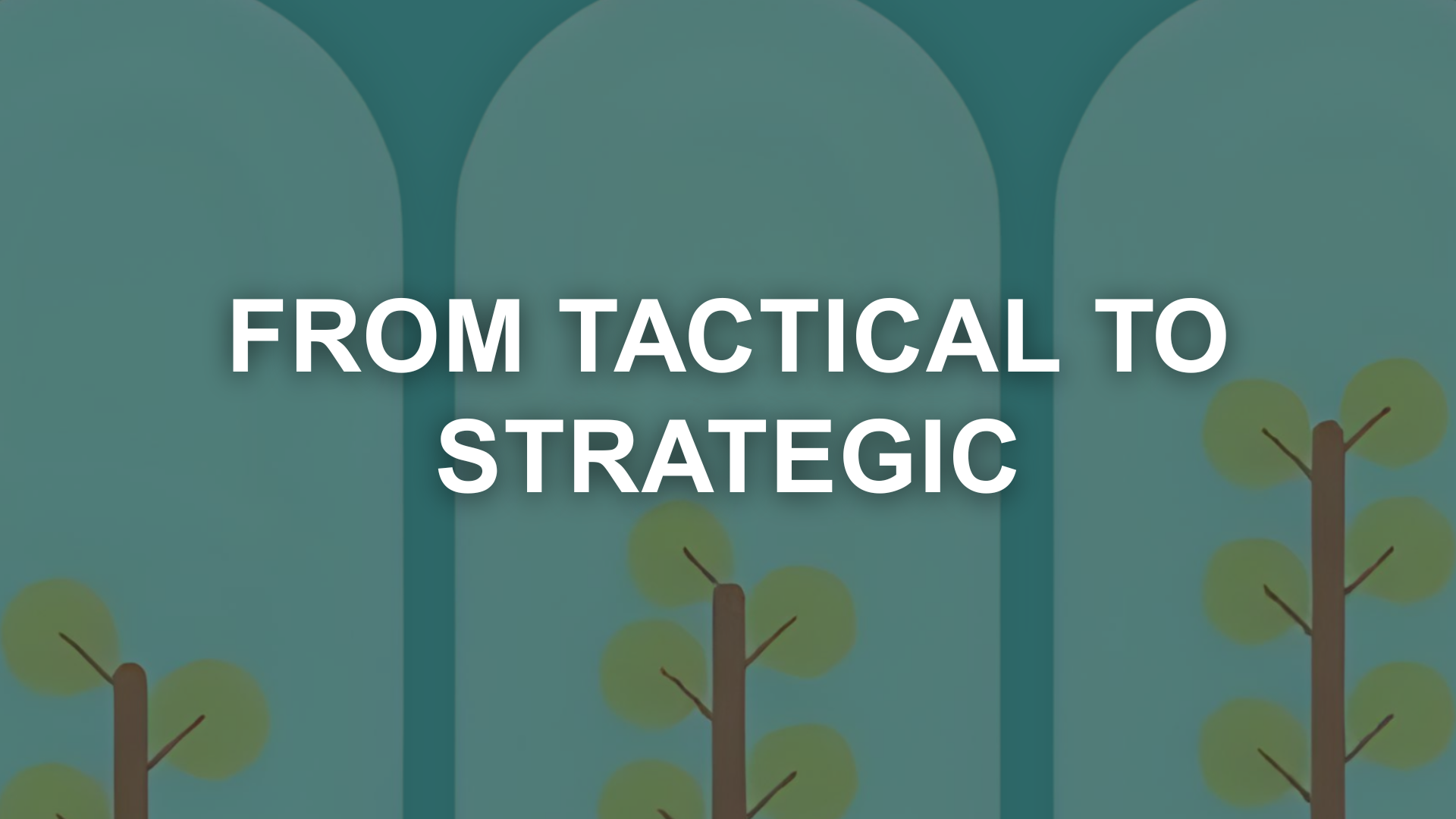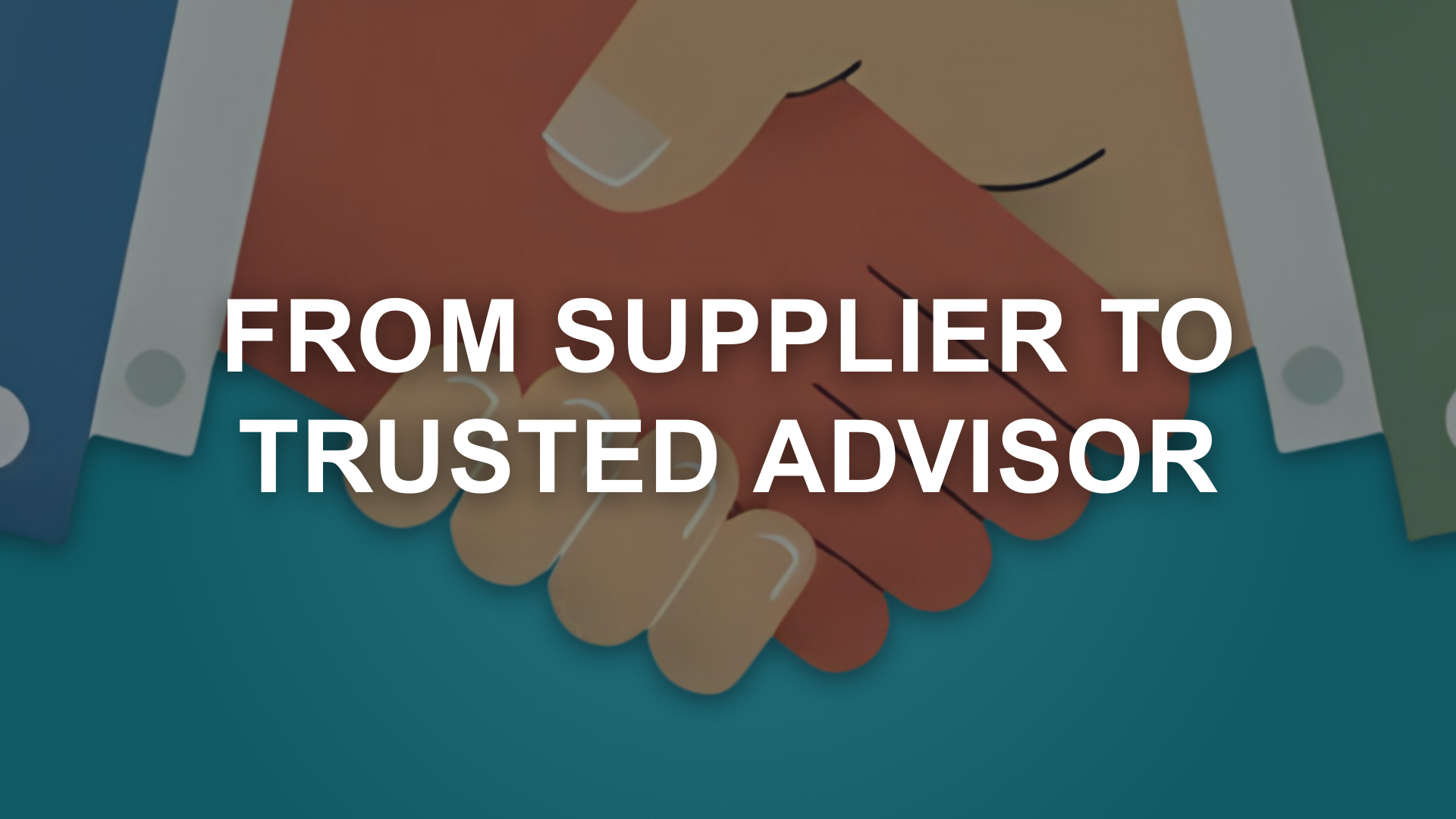
BOARD GOVERNANCE
Enhancing Partnership Board Effectiveness
Part 2 of our Partnership Firms Governance Series
NOVEMBER 2025
DISCLAIMER: ALL VISUAL CONTENT AND DESIGNS WERE CREATED USING CANVA.This is the second paper in our Partnership Firms Governance series. This time, we turn the focus to how Partnership Boards can raise their game — becoming not just stewards of the firm, but true catalysts for performance, culture, and long-term value.
In our work with professional services firms, we have seen Partnership Boards at every stage of the journey — from newly formed to deeply seasoned. The best ones don’t just meet; they lead. They bring clarity where there’s ambiguity, balance challenge with support, and set the tone for what partnership really means.
But effectiveness doesn’t happen by accident. It’s built — through deliberate choices about people, culture, focus, and leadership.
The following sections are eight factors we have seen consistently separate good Boards from great ones — along with practical ways to bring them to life.
Culture and Dynamics: The Board’s Hidden Engine
1
In our experience, the difference between a Board that works and one that really works often comes down to chemistry. Trust, respect, and the ability to challenge without fear create the conditions for real debate and insight.
Practical Tip: Use facilitated workshops to surface expectations and strengthen relationships. Pair new members with “Board buddies” to help them integrate and find their voice quickly.
Chair Leadership: Setting the Tone
Every effective Board has a chair who leads with both discipline and empathy. Great chairs hold space for all voices, keep discussions forward-focused, and create the psychological safety that allows for honest challenge.
2
Practical Tip: Schedule regular one-to-one check-ins with Board members and senior management. Use 360° feedback to support the chair’s own development and accountability.
Skills and Composition: Getting the Right Mix
3
Boards are most effective when their composition mirrors the firm’s strategic priorities. That means the right balance of experience, diversity, and mindset — not just seniority or tenure.
Practical Tip: Conduct an annual skills and diversity review to spot gaps and guide succession planning. Consider appointing an independent adviser to bring an external lens.
Strategic Focus: Looking Beyond the Now
4
We often see Boards that spend too much time in the business rather than on the business. High-performing Boards focus their energy on the future — on strategy, risk, and culture — not just approvals and reporting.
Practical Tip: Build a rolling 12-month agenda that ensures time for forward-looking conversations. Use pre-meeting polls to prioritise the issues that matter most.
Information Flow: Better Inputs, Better Decisions
5
A Board’s decision quality depends on the quality of the information it receives. Too often, papers are dense, late, or descriptive rather than analytical.
Practical Tip: Standardise templates so papers are concise, data-driven, and forward-looking. Each should include a short summary, key insights, and strategic implications.
Partner and Stakeholder Connection: Listening as a Leadership Act
6
Great Boards don’t operate in isolation. They actively engage with partners and stakeholders, building transparency and trust in how governance works.
Practical Tip: Hold quarterly partner forums and share digestible Board updates after each meeting. Use digital tools to collect anonymous feedback and identify recurring themes.
Learning and Reflection: The Discipline of Improvement
7
Even high-performing Boards benefit from stepping back. Reflection builds capability and resilience — especially during periods of change or pressure.
Practical Tip: Introduce structured onboarding and mentoring for new members. Hold annual board reviews with external facilitation to uncover blind spots and spark improvement.
Governance Structure: Turning Complexity into Clarity
8
Committees and working groups can extend the Board’s reach — but only if their purpose and decision rights are crystal clear.
Practical Tip: Define clear terms of reference for each committee and revisit them annually. Rotate roles to broaden experience and prevent siloed thinking.
Across firms, we see the same pitfalls recur: over-reliance on management, lack of diversity, too little future focus, or an aversion to honest feedback. Boards that rely solely on self-assessment often plateau — comfortable, but not growing.
The most effective Partnership Boards share a mindset. They see governance not as compliance, but as leadership. They shape strategy, stretch management thinking, and embody the firm’s values in action.
Getting there takes courage — particularly from the chair — and a willingness to keep learning, experimenting, and evolving.
By focusing on these eight factors, Boards can not only strengthen governance but energise their partnerships, build deeper trust, and drive sustainable success for the firm and its people.
Avoiding the Traps
The Boards That Make a Difference







